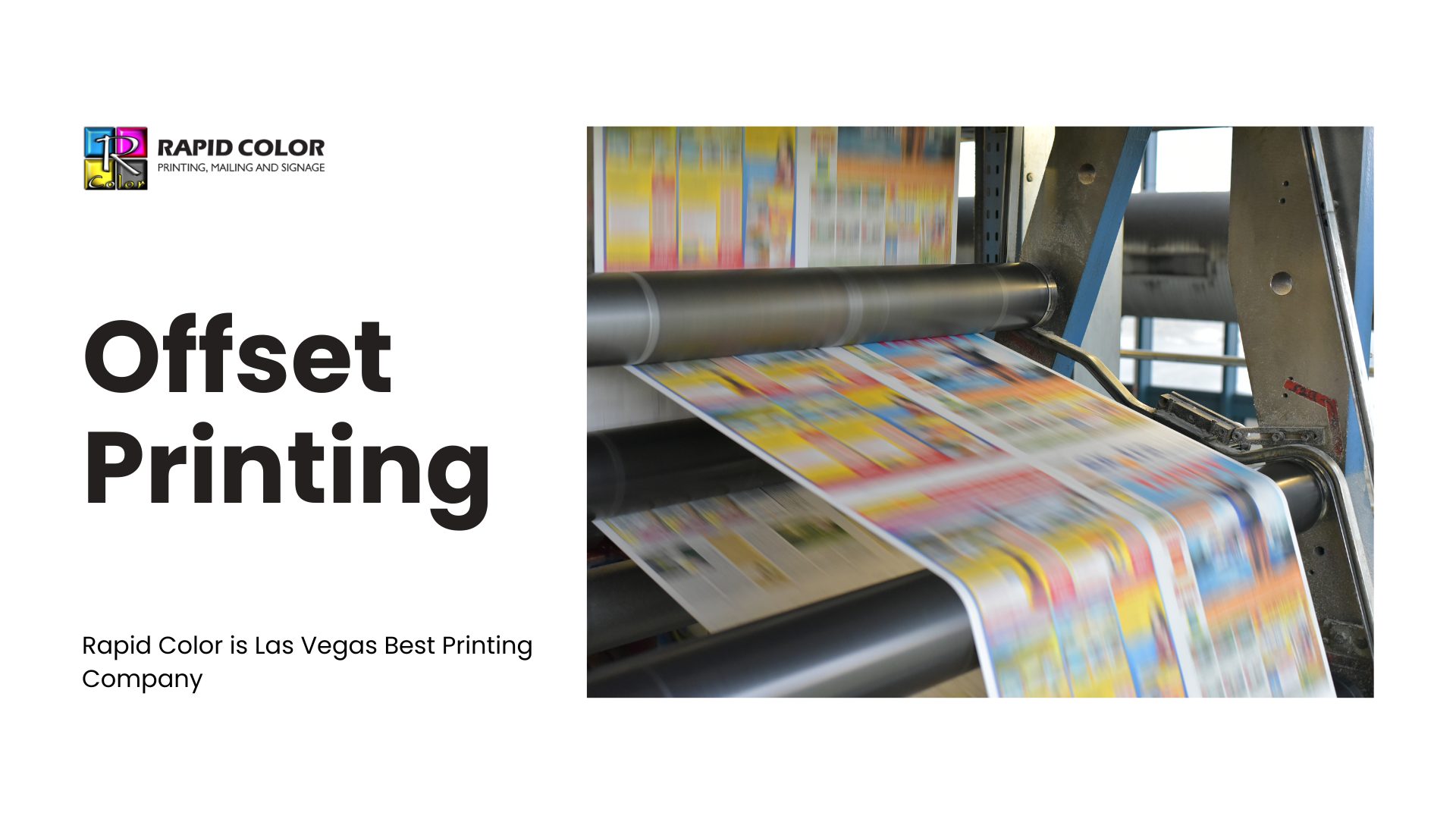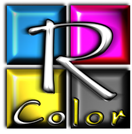The power of high-quality, physical marketing materials has never been more important in a world that is becoming more digital. Printed materials, like fancy brochures and business cards, detailed catalogs, and eye-catching flyers, are a direct reflection of your brand. When your business needs to make a lot of these things without lowering quality, Offset Printing is the clear industry standard. But for people who are new to the process, it can seem hard. This guide will clear up any confusion you may have about what to expect when you order Offset Printing. This will help you feel confident as you go through the process and get a beautiful final product.
What is Offset Printing? Getting to Know the Basics
Offset printing is a traditional printing method that works best for jobs with a lot of copies because it produces better quality and consistency. The offset process is different from digital printing because it doesn’t put toner or ink directly on paper. Instead, it moves ink from custom metal plates to a rubber blanket and then rolls that image onto the surface to be printed. This roundabout way of doing things makes images and text look very sharp and clean. The main reasons why it is so popular for business projects are that it has great color accuracy, can print on a wide range of paper stocks, and is the most cost-effective option as the number of prints increases.
The Offset Printing Process, Step by Step
Knowing how a digital file becomes a finished product helps everyone know what to expect in terms of timelines and file preparation. There are usually three main steps in the process.
Before Press: Getting Your Art Ready
This is the most important step to making sure everything goes well. Your printing partner will need a digital file that is “print-ready.” This means that your art has to meet certain technical requirements. Some important things to do are to use high-resolution images (at least 300 DPI), design in CMYK color mode (not RGB, which is for screens), and add “bleeds” (extending your design beyond the final trim line). You will get a proof, which can be a digital PDF or a physical hard copy, to look over before printing starts. As this is your last chance to make changes before the job goes to press, you need to carefully check this proof for any mistakes. This step is very important for good Offset Printing.
Platemaking: The Most Important Part of Your Print Job
After you give the proof the green light, the pre-press team makes the printing plates. For a normal full-color job, there is a separate aluminum plate for each of the four main ink colors: Cyan (C), Magenta (M), Yellow (Y), and Black (K). The main reason Offset Printing costs more up front than digital printing is because of the initial setup of making and mounting the plates. This makes it less cost-effective for very small runs.
The Printing Run and the Final Touches
The high-speed printing press starts running once the plates are in place. The paper goes through a series of rollers that apply each color of ink one after the other to make the final, full-color picture. Once the ink has dried, your project goes to the finishing department for things like precise cutting, folding, binding, or putting on special coatings like UV or varnish to make it last longer and look better.
Important Things That Affect Your Order
The final look, feel, and cost of your project will depend on a number of things. Talking to your printer about these things is the most important step in getting the result you want.
- Quantity: The main rule of Offset Printing is that the price per unit goes down a lot as the number of units ordered goes up. The costs of setting things up are the same, so printing 5,000 brochures is much cheaper per piece than printing 500.
- Paper Choice: The kind of paper you use makes a big difference. Think about the weight (how thick it is), the texture, and the finish (glossy, matte, or uncoated). Your printer can give you samples and suggest a stock that fits your project’s needs and budget the best.
- Color Complexity: A job with only one or two colors will cost less than a job with full color. You can also use Pantone (spot) colors, which are a special ink system that makes sure the colors are always the same. This is a sign of professional Offset Printing.
What Your Printing Partner Needs from You
It’s best to give your printing partner all the information they need in one package to make sure the process goes smoothly and quickly. A clear and well-organized submission keeps things on track and makes sure they are correct. Make a list that includes the exact number of print-ready design files you need (usually high-resolution PDFs), the type of paper and ink you need, any finishing needs (like folding or binding), and your deadline. Clear communication is important for any project, but it’s especially important for time-sensitive ones like finding Offset Printing in Las Vegas for a big trade show, where being on time and accurate is very important.
Conclusion
Offset printing is a smart investment in the image of your brand, even though it takes more work than just hitting “print” on an office machine. It gives you a level of quality, consistency, and professionalism that you can’t get any other way, especially when you do it on a large scale. It makes sure that your brand is always shown in a professional way, which is a standard that good Offset Printing companies in Las Vegas and around the world follow. This leaves a lasting impression on your customers.
Frequently Asked Questions about Offset Printing
What is the least amount of offset printing that is cost-effective?
Offset printing is usually the cheaper option for orders of 500 pieces or more, though this can change. It saves a lot of money for jobs with thousands or tens of thousands of dollars.
Is it possible for me to make a change after I approve the proof?
No. After the proof is approved, plates are made and the press is set up. At this point, making changes will cost a lot of money and mean starting the pre-press process over again. This is why it’s so important to proofread carefully.
What are the differences between Pantone and CMYK colors?
CMYK is great for full-color photos because it uses four different inks to make a range of colors. Pantone (or PMS) colors are pre-mixed ink formulas that make sure you get the same color every time. This is very important for brand logos.
How long does it usually take to get an offset printing order?
Depending on how complicated the job is, how many copies you need, and the printer’s schedule, turnaround times can be anywhere from a few days to a couple of weeks. It’s always best to talk to your provider about your timeline ahead of time.


